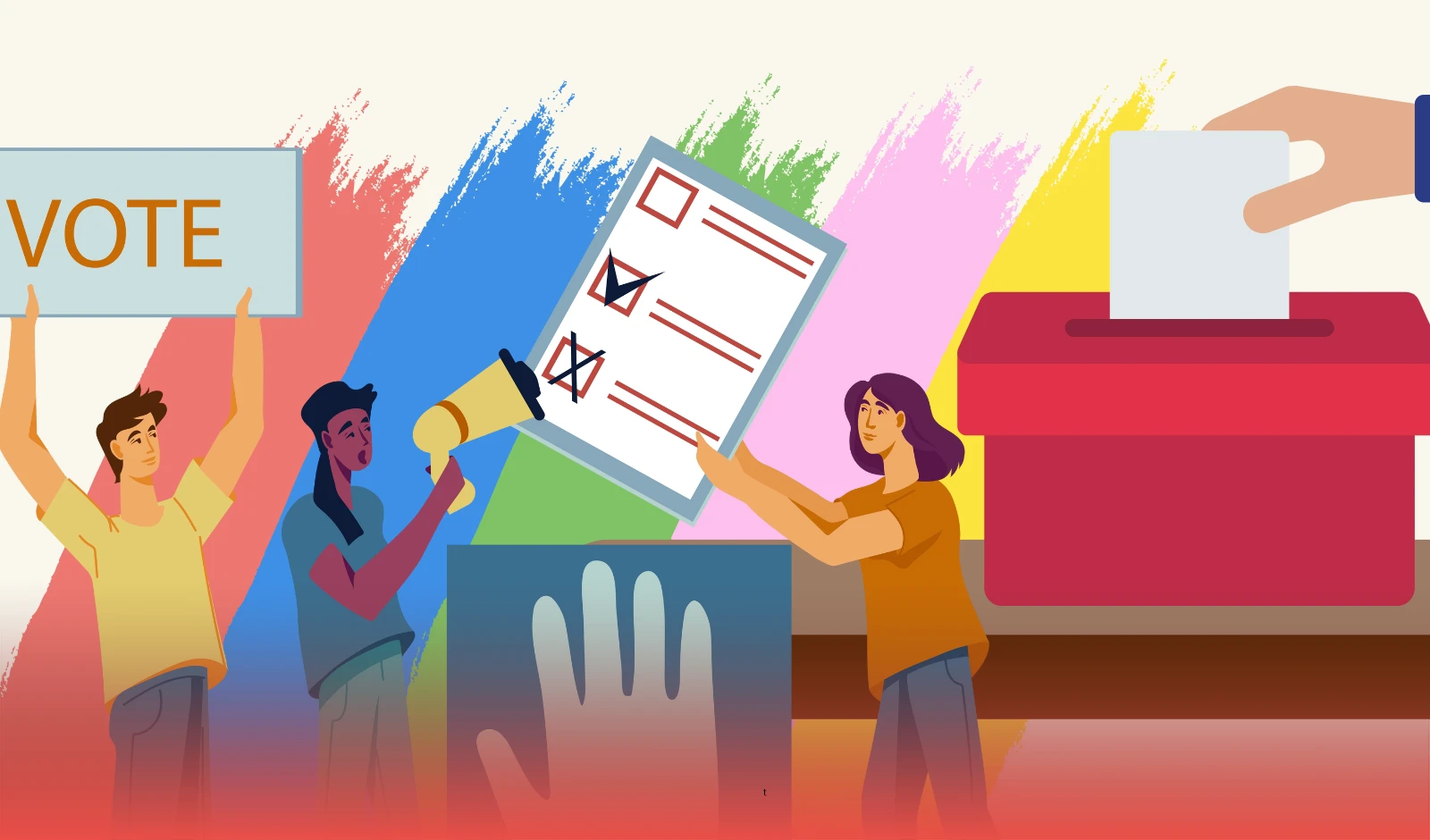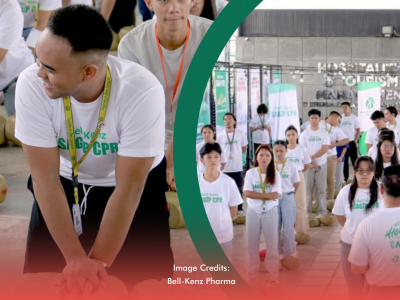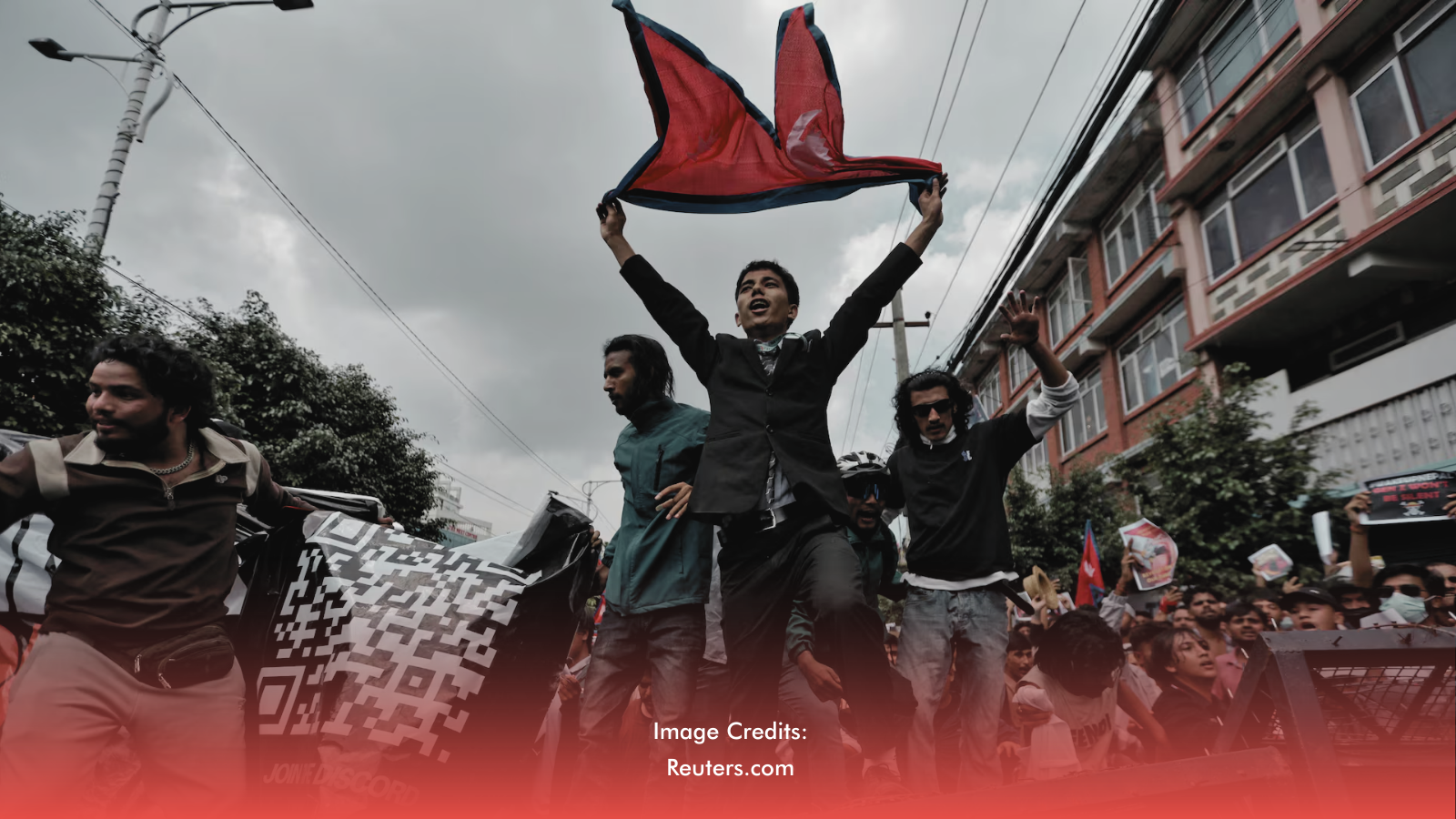The results of the 2025 Philippine midterm elections left me with a lot to unpack. As a college student, I've seen the political landscape shift with every election cycle, but this one felt different—more colorful, more complex, and possibly more divisive.
The Senate–often regarded as the upper chamber of the legislature–has always been a battleground for political power, and the results this year were no exception.
However, what strikes me most is not just the political affiliations of the winning candidates, but how the different "colors" in the Senate seem to represent the shifting moods of the Filipino electorate.
The New Senatorial Landscape
The Philippine Senate has never been a monolithic body. Unlike countries with a clear two-party system, the Senate is often a mix of different political affiliations, ideologies, and regional interests. In the 2025 midterm elections, this diversity was on full display.
From administration allies in red, to the blue of opposition candidates, and the unpredictable shades of independents, the results show a Senate that’s anything but uniform.
For me, the most significant takeaway is how fragmented the Filipino electorate has become. Some candidates represent the status quo, backed by the current administration, while others belong to the opposition or independent coalitions. This variety speaks to the complexity of Filipino politics that shows there is not a one-size-fits-all solution, and every region, family, and individual brings their own set of priorities and values to the table.
Looking at the Senate’s new makeup, I can’t help but think about what these "colors" represent. The dominance of pro-administration candidates, dressed in red, suggests that the current government still enjoys strong backing.
For some, this represents stability and continuity. But for others, it signals the persistence of political dynasties and patronage politics—things that many Filipinos, especially the younger generation, are eager to change.
On the other side of the spectrum, the opposition’s blue signifies a segment of the population dissatisfied with the status quo. Many of these candidates are younger, fresher faces—offering an alternative to the entrenched political elite.
It is impossible to ignore how this represents a desire for change, especially among students and young voters who want to break free from old political cycles.
Then there are the independents—those without party affiliation, who often claim to represent neutrality and reform. Their success in this election suggests that an increasing number of Filipinos are fed up with party politics and are looking for new solutions.
How The Youth Can Continue To Make An Impact
As a student, I feel we have a unique role to play in this shifting landscape. The 2025 elections marked a significant moment for millennials and Gen Zs, who are now coming into their own as an influential voting block.
Our engagement in politics has never been more important, not just in casting votes, but in shaping the conversations that will define the future of the Senate.
But with this power comes responsibility. It is easy to get caught up in political colors, but we must look beyond them and critically assess the candidates' platforms and actions. Whether red, green, pink, or independent, the true measure of a senator’s worth lies in their commitment to the people’s interests.
The Senate of 2025 will likely be a place of negotiation and compromise. With no clear majority, the result is a more dynamic and perhaps unpredictable chamber. As young people, we need to continue engaging, ask questions, and hold elected officials accountable.
The diversity in the Senate is a reminder that the future is not fixed, and we have a role in shaping it. In the end, the different colors in the Senate are a reflection of the varied opinions within the nation.
It is up to us, the youth, to ensure these colors come together to create a more inclusive, progressive future.







